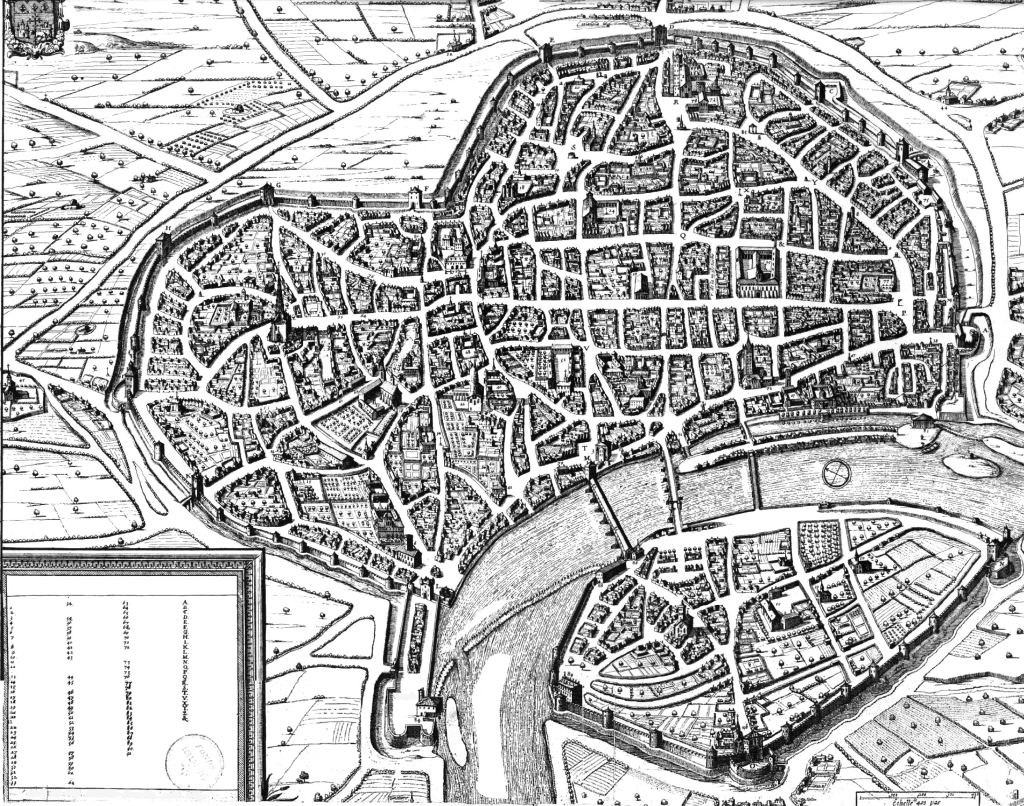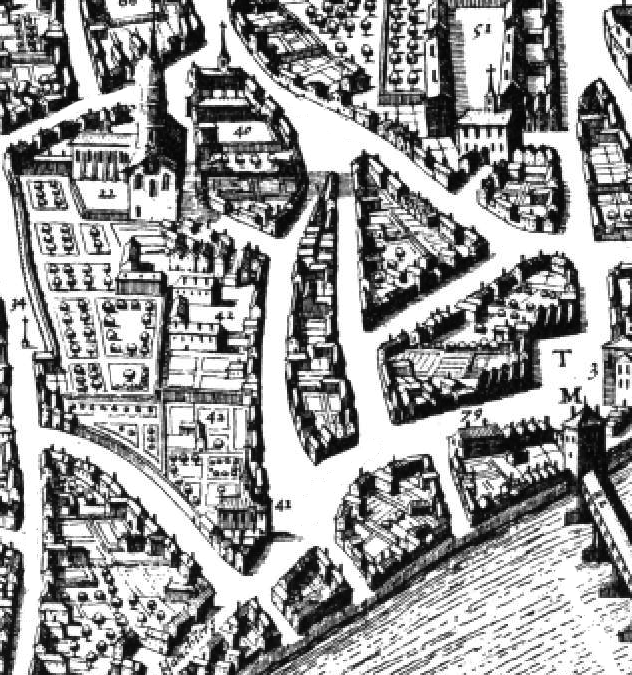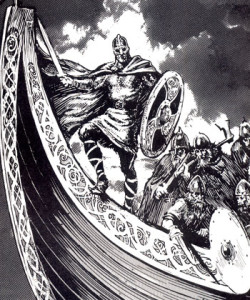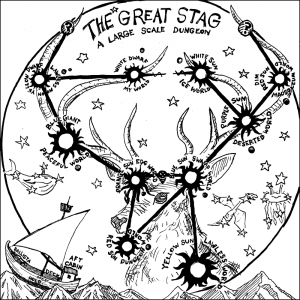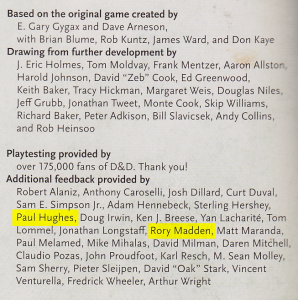I wrote up these urban d20 charts a while ago, when I was in Venice and Florence. I based the street-exploration and roof-exploration charts on the sights around me; I’ll admit, I didn’t explore the sewers (does Venice even have sewers? I bet they’re not much fun to explore).
How are these charts different from other urban random tables?
1) They’re architectural. You’ll have to go elsewhere for random monsters or for random tavern names.
2) They generate complex results. In old cities like Venice, you don’t just find a canal or a courtyard; we found a canal with an overgrown garden on the other side, and a courtyard with a tavern right in the middle of it, and a bridge over an alley. For each of these charts, you roll 2d20 and come up with some combination of the two features.
I think these tables are especially useful for chase scenes. You don’t care if you’re passing a drainpipe unless someone is after you. For chases, make a 2d20 roll each turn, and let the PCs and villains react to the environment. If players take some time to investigate the area, make a third check and integrate that result. (“From the bridge over the alley, you can jump to a rickety outer staircase.”)
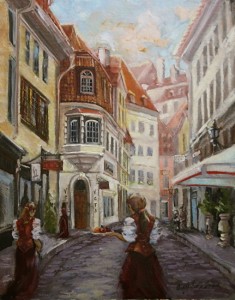 PART 1: STREETS:
PART 1: STREETS:
1) What’s the defining characteristic of the city or neighborhood? Venice has canals. Greyhawk’s Old City has ramshackle buildings. Empyrian, your campaign’s capital of the Empire of Fire, has basalt air bridges. And so on. Work that into your descriptions.
2. Roll d20 twice and combine the two architectural features, keeping in mind the city’s defining characteristic.
1 blind alley: dead end, unless you can climb the wall at the end
2 courtyard: dead end, unless you want to knock on people’s doors
3 well/cistern
4 roofed alley: roof is uncomfortably low for tall people
5 lost courtyard: tiny, dark, between tall buildings. There may be one day in the year where the sun shines in.
6 small bridge: over a river, canal, or street, or maybe between spires.
7 large bridge with market stalls: generally over the city’s main river, but it might be between palace towers.
8 market square
9 church square
10 street of shops
11 tavern
12 outer stairs
13 archway: may have a gate that’s locked at night.
14 weird statue/carving
15 walled or fenced garden
16 mansion
17 fountain
18 stairs to higher/lower street: usually in a small street, since it’s inaccessible to wheeled vehicles.
19 obstruction: wooden door, metal grate, canal, wall
20 unique city landmark: palace, giant statue, ziggurat of blood, floating gardens, or something else that everyone in the city has heard of.
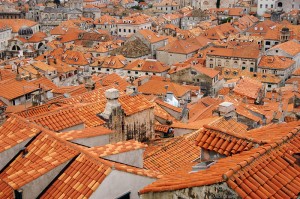 PART 2: ROOFTOPS:
PART 2: ROOFTOPS:
You’re not on a rooftop unless you’re involved in a chase or a heist, so this is tailored to action sequences.
Roll d20 twice and combine the architectural features, keeping in mind the city’s defining characteristic.
1 balancing act: archway, clothesline, or wall to adjoining building
2 vertical jump: big height difference between adjoining buildings
3 wide jump: main street – wide gap between rooftops
4 slope: sharply slanted roof (possible loose tiles) or dome
5 mansion: flat roof with glass-covered or spiked battlements (possibly patrolled by guards)
6 nice view: roof garden (possible garden party), Assassins Creed-style vista, or hidden spot that lets you spy on an interesting location
7 flat roof: possibly containing a family, who might be eating or sleeping
8 end of the neighborhood: internal city wall or river
9 descent into building: trapdoor, door or stairs down, chimney or skylight
10 tower: guard tower, bell tower, clock tower, or mage tower
11 town square: extremely wide gap between buildings; crowds below
12 coming through: adjacent higher building with accessible windows or doors
13 long drop: perilous but climbable ledge, gargoyles, or carving around side of building
14 descent to street: drainpipe, external stairs
15 safe to jump off: jutting flag/signpole/awning/balcony
16 internal courtyard
17 hiding spot: cistern, crevice, bell tower, hole into attic
18 delicate roof: thatched or glass
19 danger: trap, collapsing roof, guard post, bird nails
20 something unexpected: complete sailing ship, trampoline mushrooms, lightning circle, bridge, cannon, climbable smoke
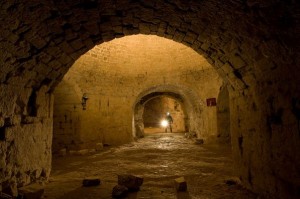 PART 3: SEWERS:
PART 3: SEWERS:
Roll d20 twice and combine the architectural features.
1 intersection with big, well maintained, main sewer tunnel with sidewalks and bridges
2 intersection with medium tunnel where you have to wade
3 intersection with small tunnel where your head is barely above the filth
4 intersection with tiny tunnel where you have to squeeze and might get stuck if you backtrack
5 barred or grated tunnel: must backtrack unless your other roll lets you continue
6 dead end: must backtrack unless your other roll lets you continue
6 dangerously rapid underground river
7 street grate above
8 climbable privy shaft or well shaft
9 sloping passage: to deeper level, difficult to climb up (on lower levels, all passages to surface instead lead to a higher level of the sewer)
8 entrance to hidden location: dungeon, cavern system, forgotten city, crypts, secret temple, secret entrance to fortified part of the city, private mansion with wine cellar
9 lair: monsters, cultists, ratlings, outlaws, grimlocks, thieves guild, sewer workers, gelatinous tube*, etc
10 hiding or rest spot: dry nook with door/concealable entrance
11 You are here: sign or map on the wall saying where you are in the city
12 what’s that sound? It’s a sluice that opens/closes every once in a while, changing water flow and possibly crushing PCs: it might be horizontal or might be a drain below
13 forward progress is completely underwater
14 pipe above that’s dumping filth
15 check again in 60 feet: boring ol’ continuation of the pipe you’re in
16 breakable wall: roll to see what’s behind it
17 gadgets: pumps, valves, levers, or other machinery that may or may not cause problems if messed with
18 danger: poison gas, bad air, portcullis trap, rising water level, pit
19 treasure cache: wedding ring that was lost down a drain, floating corpse with treasure, stolen items hiding spot, or just copper tubes that can be sold
20 wondrous vista: magnificent thoroughfare of forgotten city or palace, with mosaics and statues, now used as sewer tunnel, or chasm criss-crossed with sewer pipes and lit from below by distant torches, or huge cavern with crystal stalactites and glowing birds flying around, or massive body of dead god, or portal to the plane of air. Max 1 wonder per sewer system! It’s a civic ordinance.
*A gelatinous cube that has adapted to sewer pipes.

